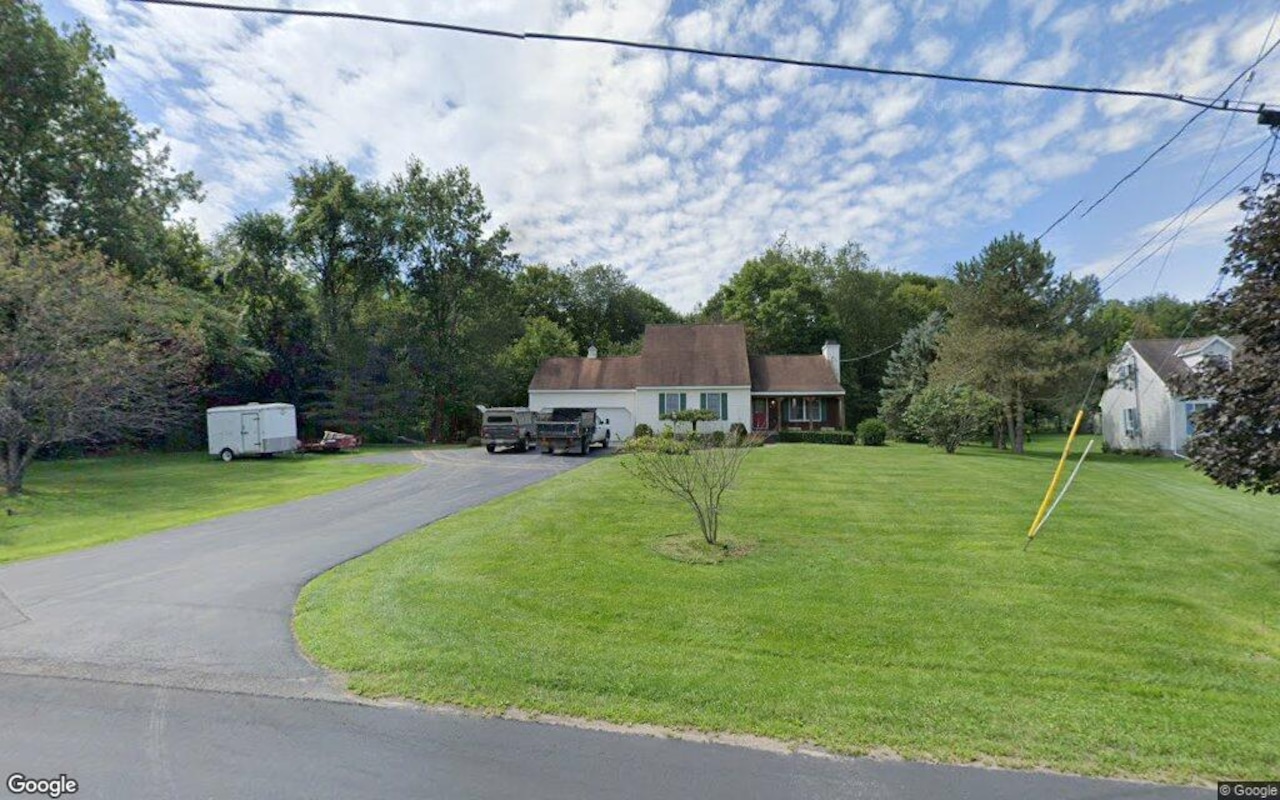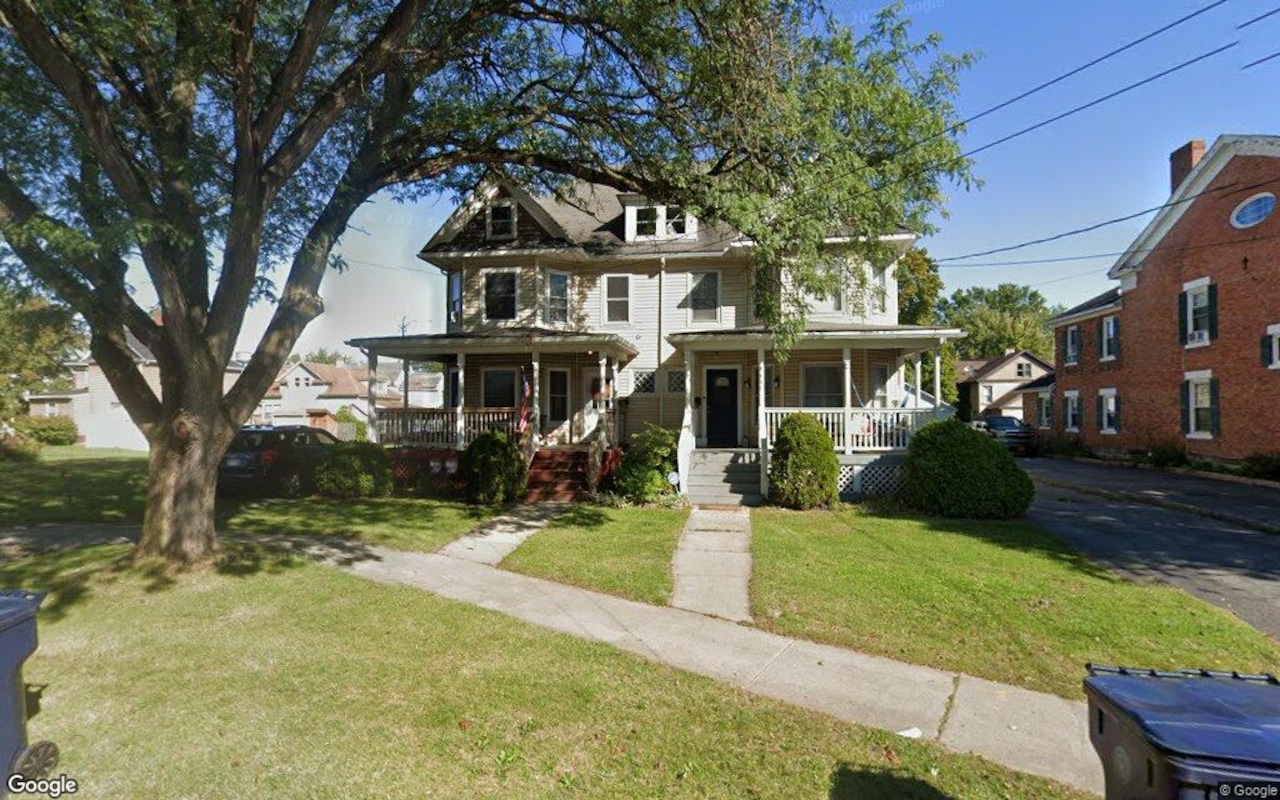T
he ULI Randall Lewis Center for Sustainability in Real Estate and the Insurance Institute for Business and Home Safety (IBHS) brought together industry leaders from commercial real estate and property insurance on May 13, 2025, to discuss strategies for operating in an environment of growing risk. As Mary Ludgin noted, increased conversation between property owners and insurers is crucial for managing risk and controlling costs.
Climate change has led to increased frequency and severity of natural hazards, making the commercial real estate industry and the insurance sector vulnerable to rising risks. Insured losses have nearly doubled every decade since 1980, with 90% of counties in the US federally declared a natural disaster zone in the last decade.
The convening brought together ULI member developers and owners, as well as insurance brokers, carriers, and catastrophe modelers. Building on the ULI-Heitman report, Insurance on the Rise: Climate Risk and Real Estate Investment Decisions, the discussion explored ways to reduce risk and preserve insurability. Ten key insights emerged:
1. Both insurers and commercial real estate investors use risk analytic tools but do so using different models and for different purposes. Insurers focus on historic damage data, while investors use mapping tools and climate modeling.
2. Building material choice can increase insurance costs due to the risk of structure fires and other non-catastrophe hazards.
3. One excessively risky asset in a portfolio can drive up the average annual loss, increasing overall property insurance premiums.
4. Commercial real estate owners need to balance their property insurance policy approach with that of future buyers, considering factors like portfolio size and geographic diversity.
5. A low-deductible property insurance policy may not be the most efficient use of capital; higher deductibles can save money for risk reduction and loss control measures.
6. Accepted risk reduction tactics vary by insurance carrier and property, requiring owners to facilitate cost-benefit analyses with insurers.
7. An insurer's willingness to incentivize risk-reduction measures may vary with the market, with more favorable conditions in soft markets.
8. Regular maintenance and loss control measures can benefit premium costs by mitigating litigation costs and reducing risks.
9. Data sharing, documentation, and communication are critical for accurate rating of a risk, requiring 120 days' notice for insurance quotes and complete data submissions.
10. Conflicts remain between insurers, owners, and lenders due to lender requirements not keeping pace with the current risk environment, leading to unaffordable premiums.














